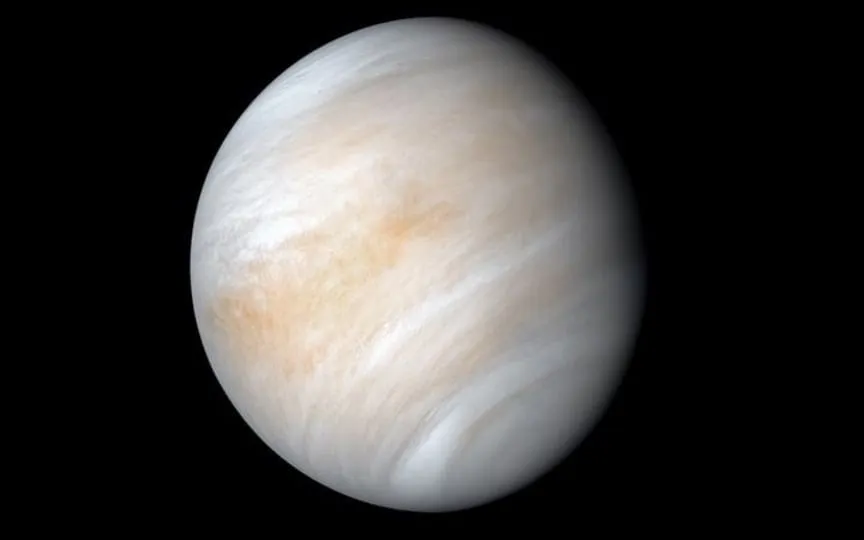NASA Parker Solar Probe Uncovers Astonishing Discovery: Meteors Crashing on Venus May Be Causing Lightning
NASA is conducting a range of space missions aimed at unraveling the mysteries of the universe. Among these missions, the Parker Solar probe is of great significance. This spacecraft has been assigned the task of orbiting the Sun to gather vital information regarding sunspots, solar flares, coronal mass ejections (CME), and solar storms. Interestingly, during its journey, the probe regularly passes by Venus, which has provided an opportunity to potentially solve a long-standing puzzle for scientists. It has discovered that the lightning observed on Venus might not be lightning after all. Instead, it is likely that meteors are colliding with the planet and disintegrating in its atmosphere.
Lightning storms of Venus
The revelation came in 2021 when the Parker Solar Probe performed a routine flyby of Venus, using the planet’s gravitational pull to adjust its trajectory toward the primary sky target. The spacecraft is in a highly elliptical orbit around the Sun, reaching its apogee during the mission initially on Earth and eventually closing in on the orbit of Venus, the Johns Hopkins University Applied Physics Laboratory reveals.
According to a Space.com report by lead author Harriet George of the Laboratory for Atmospheric and Space Physics, lead author of the study published Sept. 29 in Geophysical Research Letters: “The Parker Solar Probe is a very capable spacecraft. Wherever it goes, it finds something new.” The probe data presented in a recent paper challenges the conventional wisdom that flashes of light observed on Venus represent lightning. This finding suggests that while there may be some lightning on Venus, it may not be as common as previously thought.
The debate surrounding lightning on Venus has raged for nearly four decades, but newly available data may shed some light on this long-standing scientific question. Notably, the 2021 survey failed to detect radio waves typically associated with lightning on the planet. Additionally, a paper recently published in August suggested that some of the flashes of light previously attributed to lightning on Venus may actually be the result of meteors burning up in the planet’s atmosphere.
As scientists continue to examine the data collected during this historic mission, it is expected that we will soon be able to know various facts about Venus and the lightning on its surface.
Did you know that the planet Venus plays a very important role?
According to NASA, the gravitational assistance from Venus is necessary to steer the Parker Solar Probe progressively closer to the Sun. This spacecraft depends on Venus to reduce its orbital energy. This, in turn, will allow the Parker Solar Probe to travel closer to the Sun. In this way, this spacecraft has studied the origin of the solar wind and other properties of the environment near the Sun and revealed secrets.
One more thing! ReturnByte is now on WhatsApp channels! Follow us by clicking the link to never miss any updates from the world of technology. Click here to join now!




